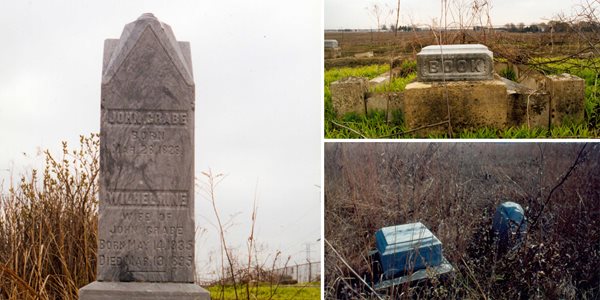| Story by Bruce Hodgdon |
10/13/2017
Cemeteries are a uniquely human expression of remembrance. For those who were at the gravesite as a deceased was laid to rest, those memories live on until their own deaths. As generations pass, the time comes when all that often remains of the deceased are the words written on his or her grave marker.
Four properties owned and managed by the Forest Preserve District contain gravesites dating back to the 1800s. These range from a single family plot to a designated cemetery. Each of these pioneer cemeteries tells a story of those who lived in a very different world than the one we know today.
Vermont Cemetery Preserve
Vermont Cemetery Preserve, on Normantown Road in Naperville/Wheatland Township, is unique among Forest Preserve holdings. Not only is the heart of the preserve miniscule in size at just one acre, but it could be the only acre in all of Will County that has not been disturbed by farming, grazing or development. Moreover, it is an Illinois Nature Preserve because of its rich assortment of plants native to northeastern Illinois.
Its preservation is due to the cemetery that was established here in the 1840s.

)
)

)
)
)
)
)